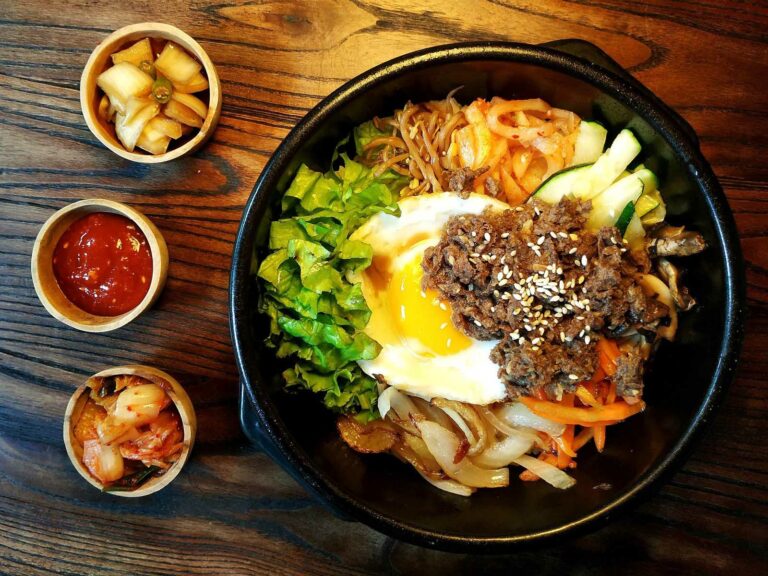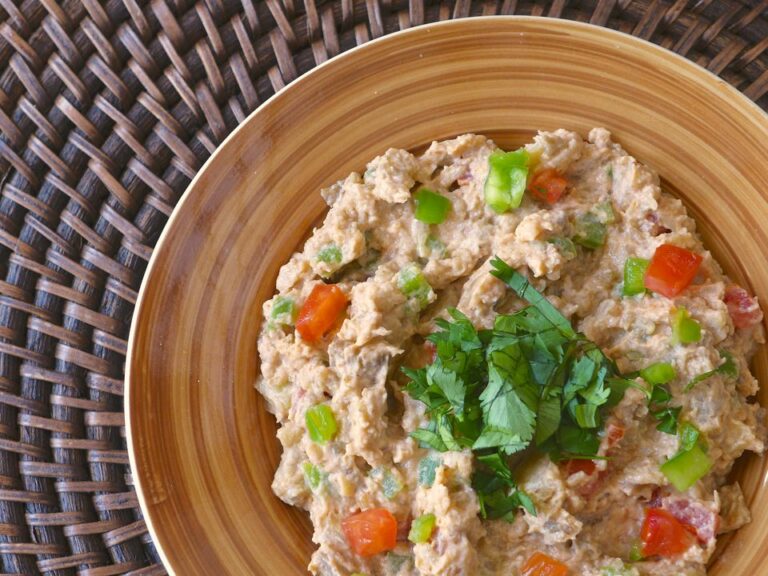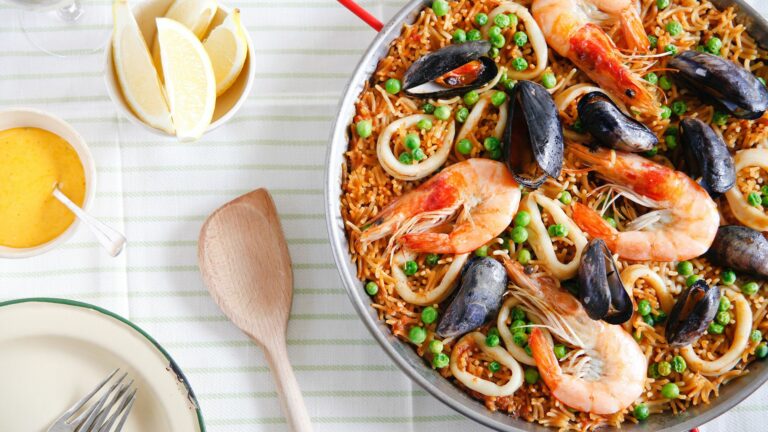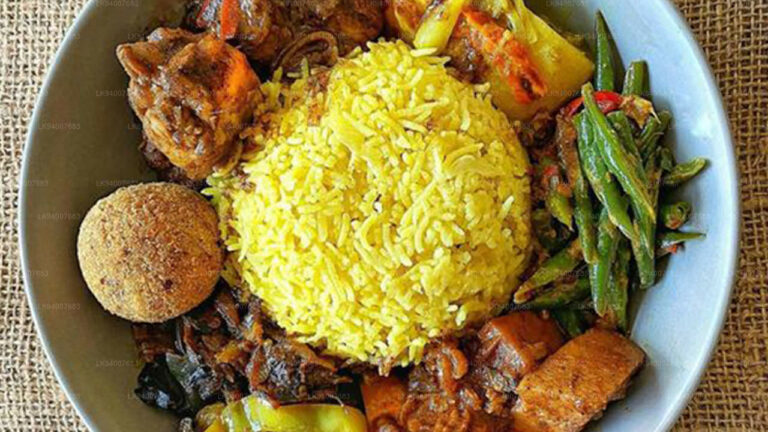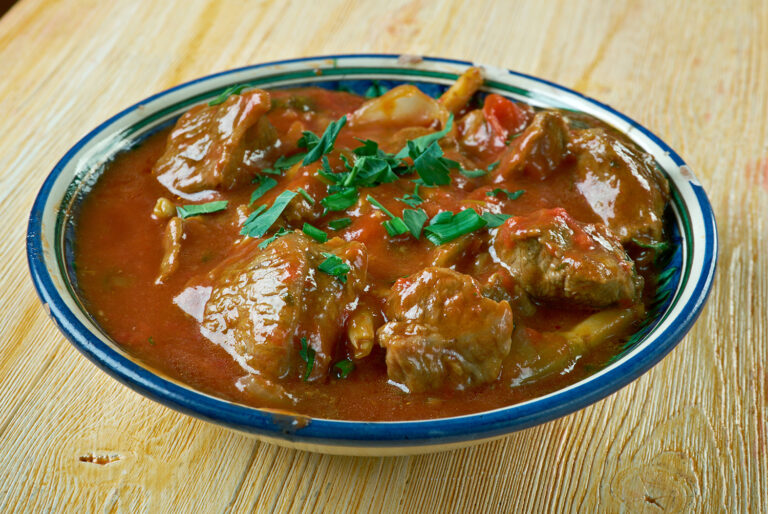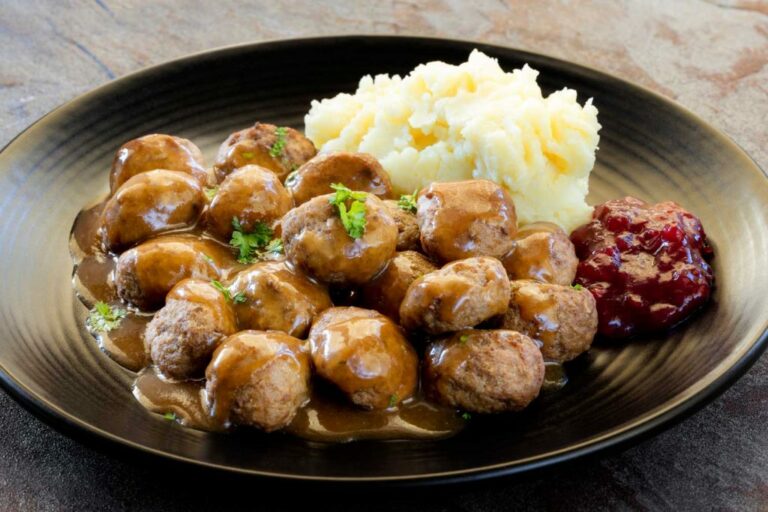Introduction: South African Cuisine
South African cuisine is a fusion of different cultures, including indigenous African, Dutch, Indian, and Malaysian influences. It is well-known for its diverse flavors and unique culinary traditions that have been passed down through generations. One of the intriguing aspects of South African cuisine is its use of spices, which are known for adding depth and complexity to dishes.
What Makes a Dish Spicy?
Spiciness in food is typically measured on the Scoville scale, which measures the concentration of capsaicin, the chemical compound responsible for the heat sensation. Capsaicin is found in peppers, and the level of heat in a dish depends on the type and amount of pepper used. Other factors that can make a dish spicy include the use of ginger, garlic, mustard, curry powder, and other spices that can add heat to the flavor profile.
Spice Varieties in South African Cuisine
South African cuisine is known for its use of spices, and the variety of spices used depends on the region and cultural influences. Some of the most commonly used spices in South African cuisine include coriander, cinnamon, cumin, turmeric, cardamom, cloves, and allspice. These spices are often used in combination with chili peppers to create complex flavor profiles that are both savory and spicy.
Popular Dishes: Mild or Spicy?
South African cuisine features a range of dishes that vary in their level of spiciness. Some dishes, such as bobotie, a traditional South African meat dish, are relatively mild and are seasoned with spices like cinnamon and turmeric. Other dishes, such as bunny chow, a spicy curry served with bread, are known for their heat and are made with a variety of chili peppers.
Regional Differences in Spiciness
The level of spiciness in South African cuisine also varies depending on the region. For example, the Cape Malay cuisine of Cape Town is known for its spicy curries, which are heavily influenced by Indian and Malaysian cuisine. On the other hand, the cuisine of the Eastern Cape is milder and features dishes like umngqusho, a traditional Xhosa dish made with beans and vegetables.
Conclusion: The Heat of South African Cuisine
In conclusion, South African cuisine offers a diverse range of flavors and spice options that can cater to different preferences. Depending on the dish and region, South African cuisine can be both mild and spicy, featuring a variety of spices that add depth and complexity to the flavor profile. Whether you prefer mild or spicy food, South African cuisine is definitely worth trying.


